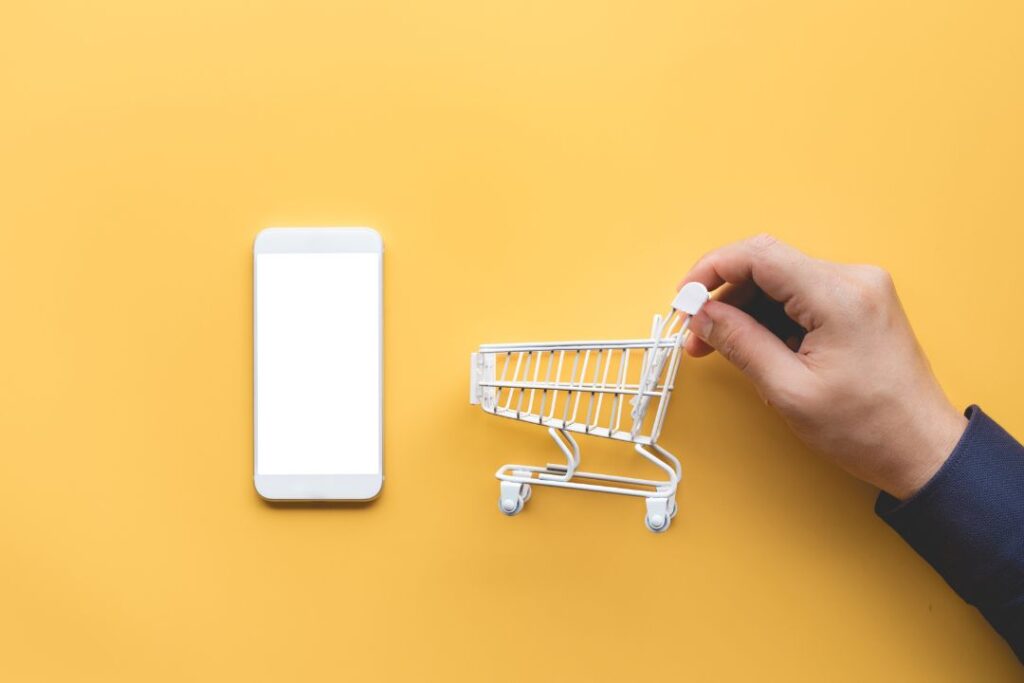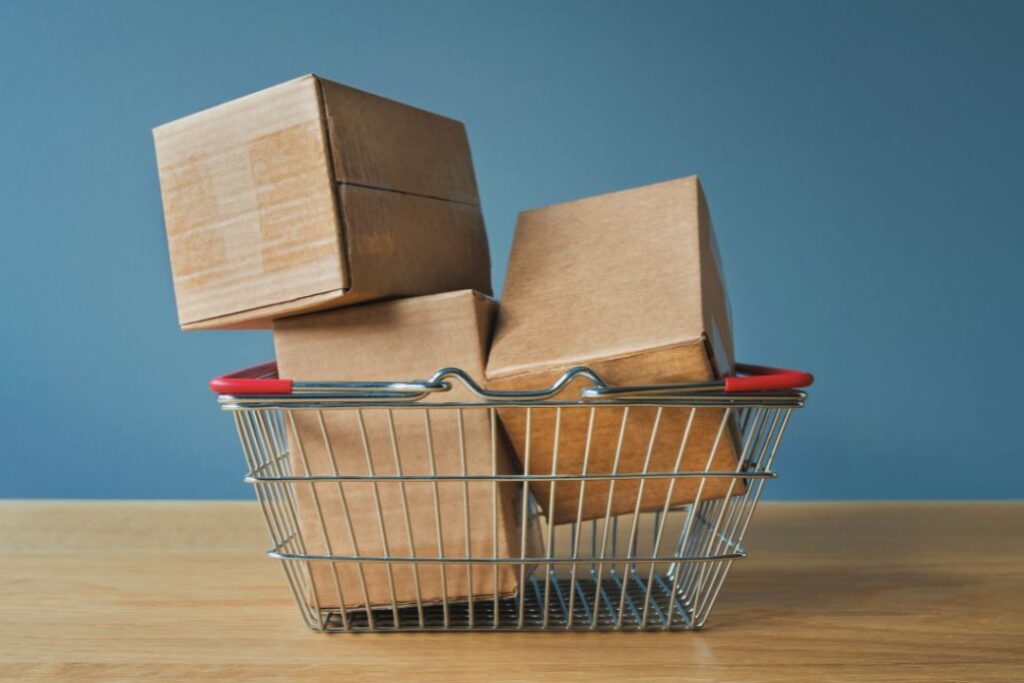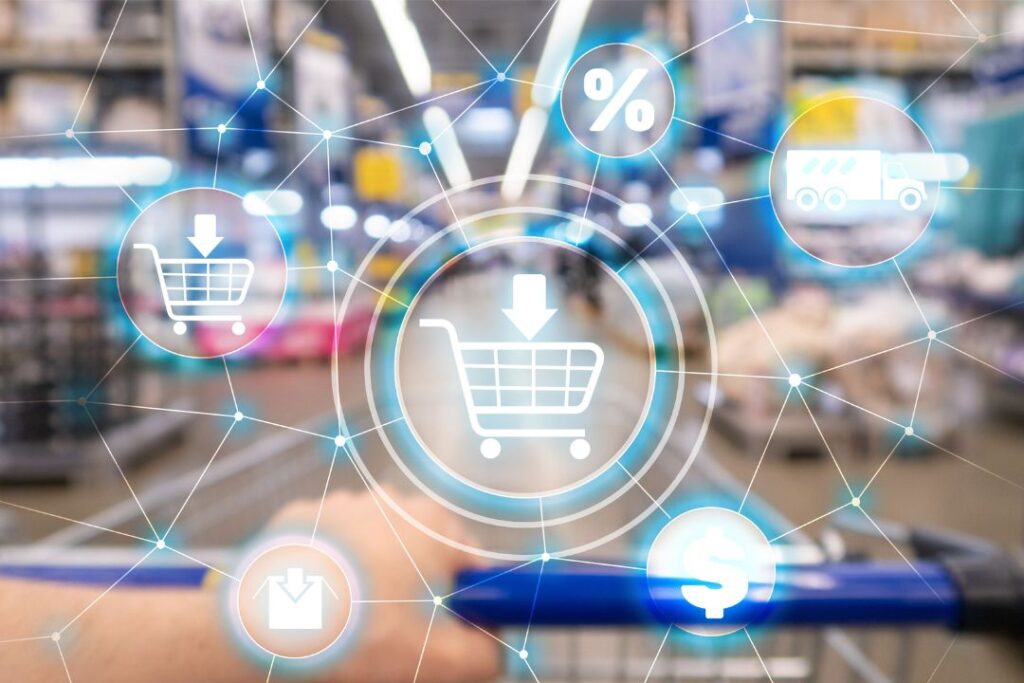In today’s world, shopping isn’t just about heading to a physical store anymore. There’s a whole new way of buying things called e-commerce. Let’s take a closer look at how retail and e-commerce are different and what that means for both businesses and shoppers.
Online Retail Boom: Online retailers are becoming increasingly popular and profitable, accounting for almost 21% of global retail sales. However, this doesn’t mean that traditional physical retail stores are left in the dust.

The National Retail Federation (NRF) discovered that after the pandemic, retailers actually opened physical stores at a faster rate than expected. Brands like Target, DSW, and Macy’s have found success in creating smaller stores like showrooms and pop-ups as shoppers return to in-person shopping in 2023.
Understanding Retail Sales

Retail sales occur in physical stores through a point-of-sale (POS) system. This encompasses everything from massive shopping malls to quaint pop-up shops and farmers’ markets.
Retail stores operate as the final link in a supply chain, where goods move from manufacturers to wholesalers, then to distributors, and finally to brick-and-mortar stores before reaching consumers.
E-commerce Sales in a Nutshell

E-commerce businesses involve digital sales. Shoppers can make purchases online through dedicated e-commerce websites or even on social media platforms.
Compared to traditional retail, e-commerce typically involves fewer supply chain steps. Online retailers have more flexibility when it comes to stocking and shipping their products. Two popular methods are dropshipping, where third parties handle stocking and shipping, and direct-to-consumer (DTC), where goods are sold directly to consumers without intermediaries.
Retail vs. e-commerce for shoppers

When it comes to shoppers, there are differences between retail and e-commerce experiences.
Retail Shopping: In a retail store, customers physically travel to a dedicated location, browse products, get assistance from salespeople, make purchases, and take their items home.
E-commerce Shopping: Online shopping offers multiple entry points. Shoppers can go directly to their favorite online retailers or discover new ones through digital marketing or social media. They can browse, compare prices, make purchases, and wait for their products to be shipped to their homes.
The choice between the two depends on personal preferences, the level of desired customer service engagement, and convenience.
Shopping Experience
While both retail and e-commerce aim to enhance the shopping experience through merchandising and curation, there are differences.
Similarities: Both rely on tactics like presenting products attractively and establishing a brand identity for consistency.
Differences: Online shoppers depend on product descriptions, images, and reviews to make decisions. They can also compare prices across different online retailers. In contrast, physical retail stores allow shoppers to touch and interact with products.
Customer Service
Both retail and e-commerce prioritize customer service.
Similarities: Both leverage customer service to resolve issues, answer questions, and assist with returns.
Differences: Physical stores offer proactive customer support through sales associates who assist customers during their shopping journey. E-commerce customer service is more reactive, but good support teams are accessible via email, live chat, and social media.
Convenience
Both online retailers and many brick-and-mortar stores offer shipping.
Similarities: Shipping options are available in both.
Differences: Online shopping is designed for convenience. With a computer or smartphone, you can shop anytime and anywhere. In contrast, getting to a physical store can be time-consuming, requiring travel and possibly incurring transportation costs. However, physical stores offer instant gratification since there’s usually no wait for your items to ship.
Retail vs. E-commerce for Businesses

For business owners, choosing between retail and e-commerce depends on what they sell and who they’re selling to.
Factors to Consider:
- Business Model: Decide whether a retail or e-commerce model suits your business best. Are you using wholesalers and distributors, selling directly to consumers, or offering products you’ve made yourself?
- Start-up costs: Starting any business can be expensive. Calculate the budget, considering overhead costs for leasing and running a physical store or setting up an e-commerce platform.
- Size and scope: Consider your business’s size and the range of goods and services you offer. Depending on this, you may opt for retail, e-commerce, or a combination of both.
In conclusion, the choice between retail and e-commerce depends on your business goals, available resources, and the type of shopping experience you want to provide to your customers.
Related post: AI in E-commerce: Advantages, Uses, and Challenges
















Discussion about this post